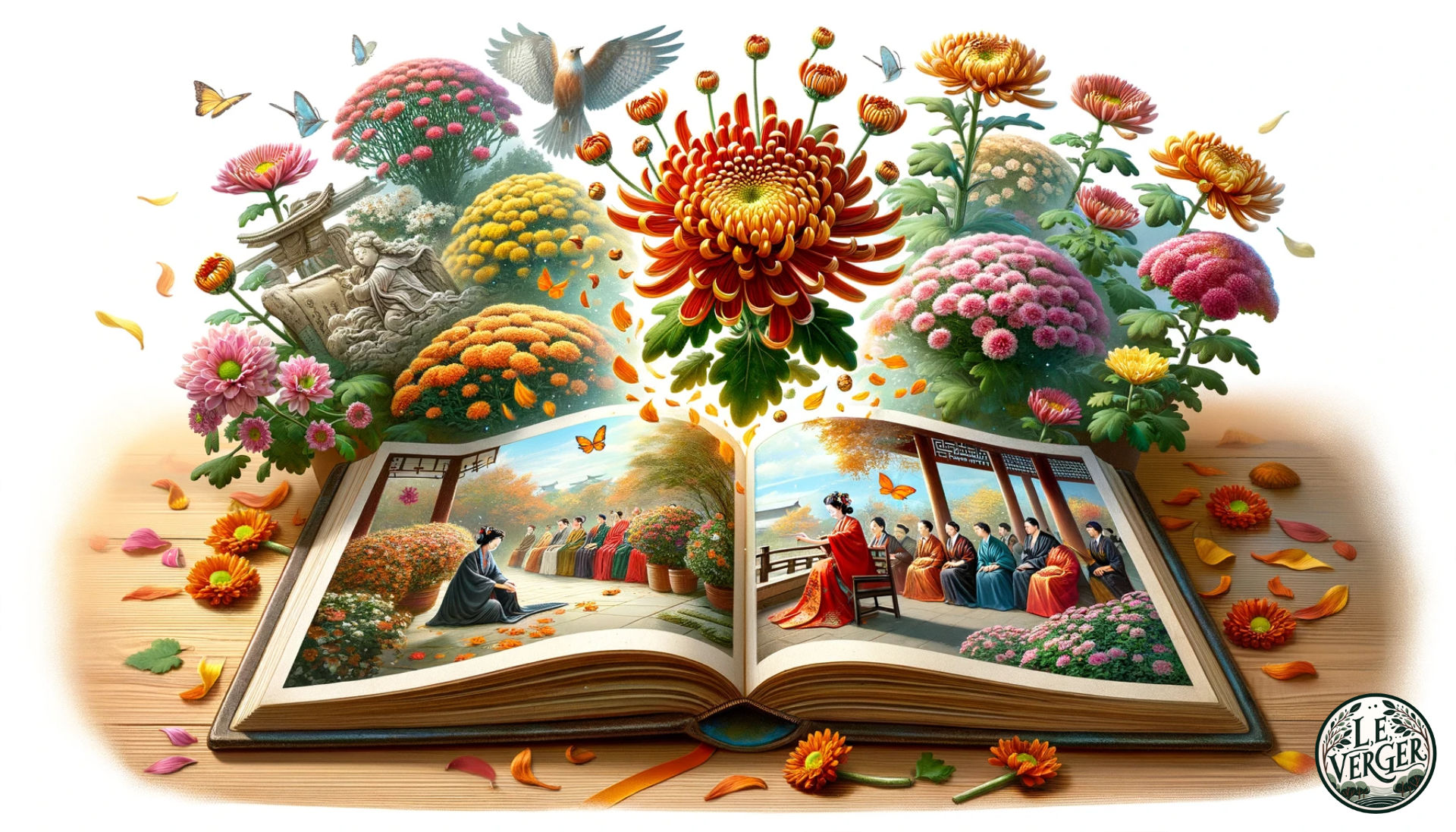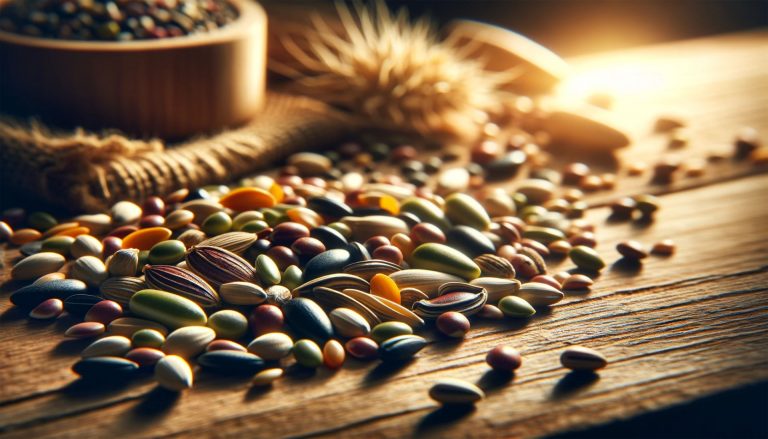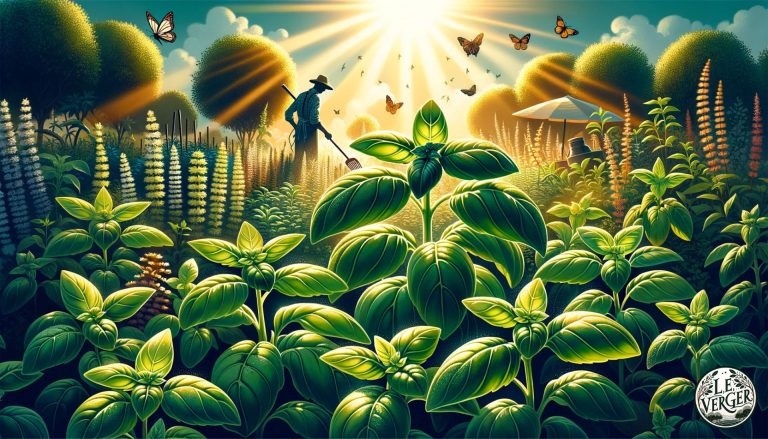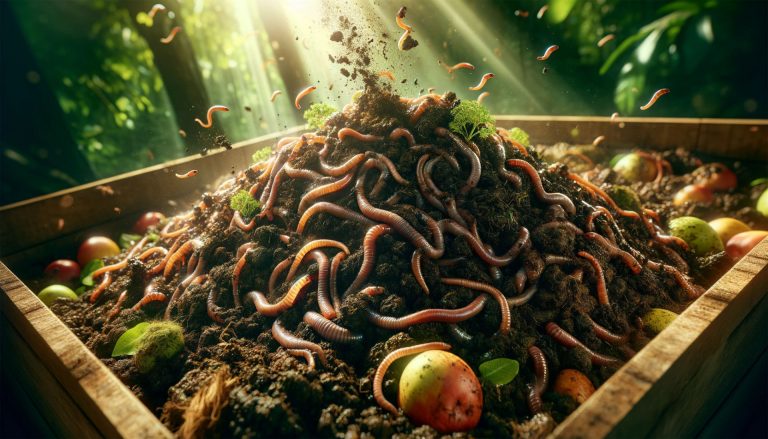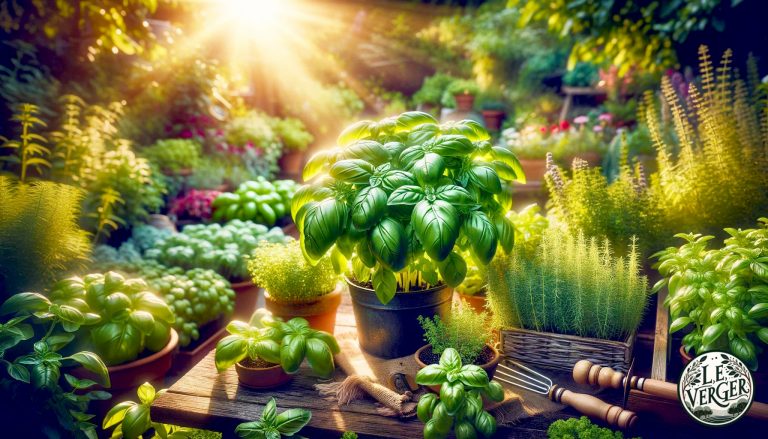The Colourful Chronicles of Chrysanthemums: A Garden Gem
Discover the beauty and versatility of Chrysanthemums in our Colourful Chronicles. This garden gem is more than just a pretty face; learn how to care for it and make it thrive.
Chrysanthemums, often lovingly referred to as “mums,” are more than just flowers in a garden. They are nature’s palette of vibrant hues, painting the outdoors with a kaleidoscope of colours. In the world of gardening, chrysanthemums are a true gem, cherished for their striking beauty and historical significance.
Why Chrysanthemums Matter
Imagine a garden where each bloom tells a story, where the very presence of a flower can evoke emotions and carry cultural significance. This is the world of chrysanthemums, where history meets horticulture, and the result is nothing short of spectacular.
In this article, we embark on a journey through the colourful chronicles of chrysanthemums. From their ancient origins in China to the diverse varieties that grace gardens today, we’ll explore their rich history, care, symbolism, and how these splendid flowers continue to enchant gardeners and cultures around the world.
So, whether you’re a seasoned gardener looking to add a new dimension to your green space or simply an admirer of nature’s artistry, join us as we unravel the story of chrysanthemums, the garden gems that have captured hearts and imaginations for centuries.
Chrysanthemums’ History and Origin
To understand the significance of chrysanthemums in the world of gardening, we must travel back in time to ancient China, where their remarkable story begins. Chrysanthemums, scientifically known as Chrysanthemum morifolium, have a history that spans over two thousand years.
Ancient Chinese Roots
Chrysanthemums were first cultivated in China as early as the 15th century BC during the Zhou Dynasty. Their name derives from the Greek words “chrysos,” meaning gold, and “anthemon,” meaning flower, which is a fitting description for these blossoms often found in shades of gold and yellow.
In China, they were revered for their medicinal properties, believed to have the power to cure various ailments. As a result, chrysanthemums found their way into herbal remedies and traditional Chinese medicine.
Spreading Across Continents
The allure of chrysanthemums soon reached beyond China’s borders. They were introduced to Japan around the 8th century AD, where they became an integral part of Japanese culture and even earned a place in their Imperial Seal. Today, Japan still celebrates the Chrysanthemum Festival (Kiku no Sekku), showcasing the flower’s enduring importance.
In the 17th century, chrysanthemums made their way to Europe thanks to enthusiastic traders and explorers. The Europeans quickly fell under the spell of these exotic blooms, and chrysanthemum mania began to spread across the continent.
Global Popularity
Fast forward to the present day, and chrysanthemums have become a beloved global phenomenon. They’ve adapted to various climates and regions, with each culture infusing its own significance and symbolism into these captivating flowers.
The chrysanthemum’s journey from ancient China to the far corners of the world is a testament to its enduring appeal and the deep-rooted history it carries with it. As we continue our exploration, we’ll dive deeper into the diverse varieties and fascinating characteristics that make chrysanthemums a true garden gem.
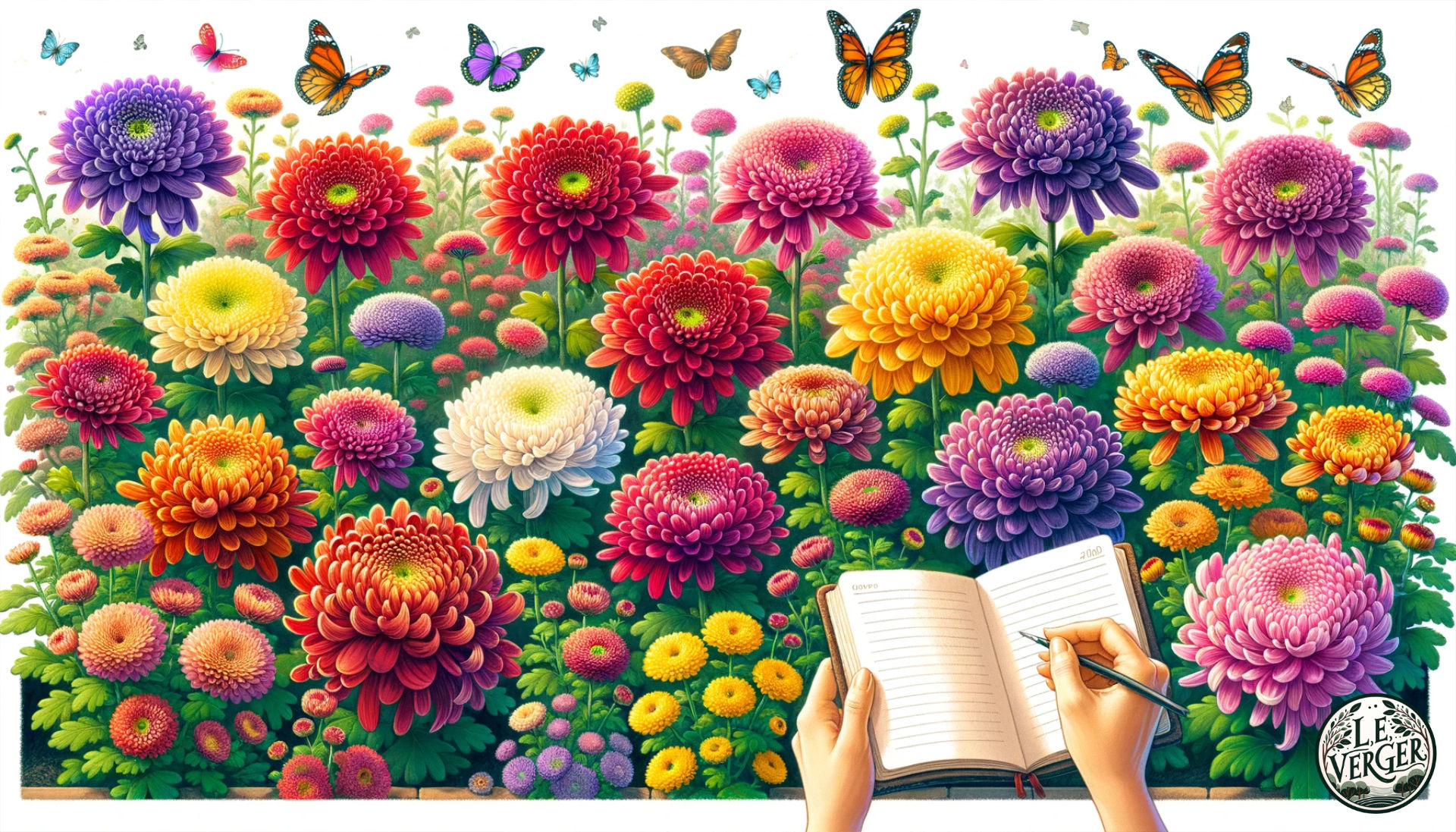
Chrysanthemum Varieties
One of the most captivating aspects of chrysanthemums is their sheer diversity. These garden gems come in a wide array of varieties, each with its own unique charm and character. Whether you’re drawn to delicate petals or bold, vibrant colours, there’s a chrysanthemum to suit every garden enthusiast’s taste.
Shapes and Sizes
Chrysanthemum varieties vary not only in colour but also in shape and size. Some chrysanthemums produce single, daisy-like flowers with a prominent central disc, while others form intricate, double blooms resembling pom-poms or buttons. The choice of chrysanthemum variety can dramatically impact the overall aesthetic of your garden.
The Rainbow of Colours
One of the most captivating features of chrysanthemums is their extensive colour palette. These flowers can be found in almost every colour imaginable, from brilliant shades of red, yellow, and orange to soft pastels like pink and lavender. The rich hues of chrysanthemums make them a versatile addition to any garden, allowing you to create stunning colour combinations.
Popular Cultivars
While there are countless chrysanthemum cultivars to choose from, some have gained particular popularity for their exceptional qualities. Here are a few noteworthy chrysanthemum cultivars:
- Anastasia: Known for its large, double flowers with a striking blend of orange and bronze tones.
- Royal Purple: A regal chrysanthemum with deep purple blooms, perfect for adding a touch of elegance to your garden.
- Fireglow: This variety boasts fiery red-orange blooms, creating a vibrant focal point in any garden.
- Spider Mum: With long, slender petals that resemble spider legs, this chrysanthemum adds a unique and captivating texture to flower arrangements.
- Shasta Daisy: A classic white chrysanthemum with a sunny yellow centre, reminiscent of the iconic daisy.
Endless Possibilities
Whether you’re aiming for a vibrant display of colours or a more subtle and elegant garden, chrysanthemum varieties offer endless possibilities. Mixing and matching different cultivars can create visually stunning compositions that evolve with the changing seasons.
As we continue our journey through the world of chrysanthemums, we’ll delve deeper into the art of growing and caring for these exquisite blooms. Stay with us to unlock the secrets of nurturing your own chrysanthemum garden.
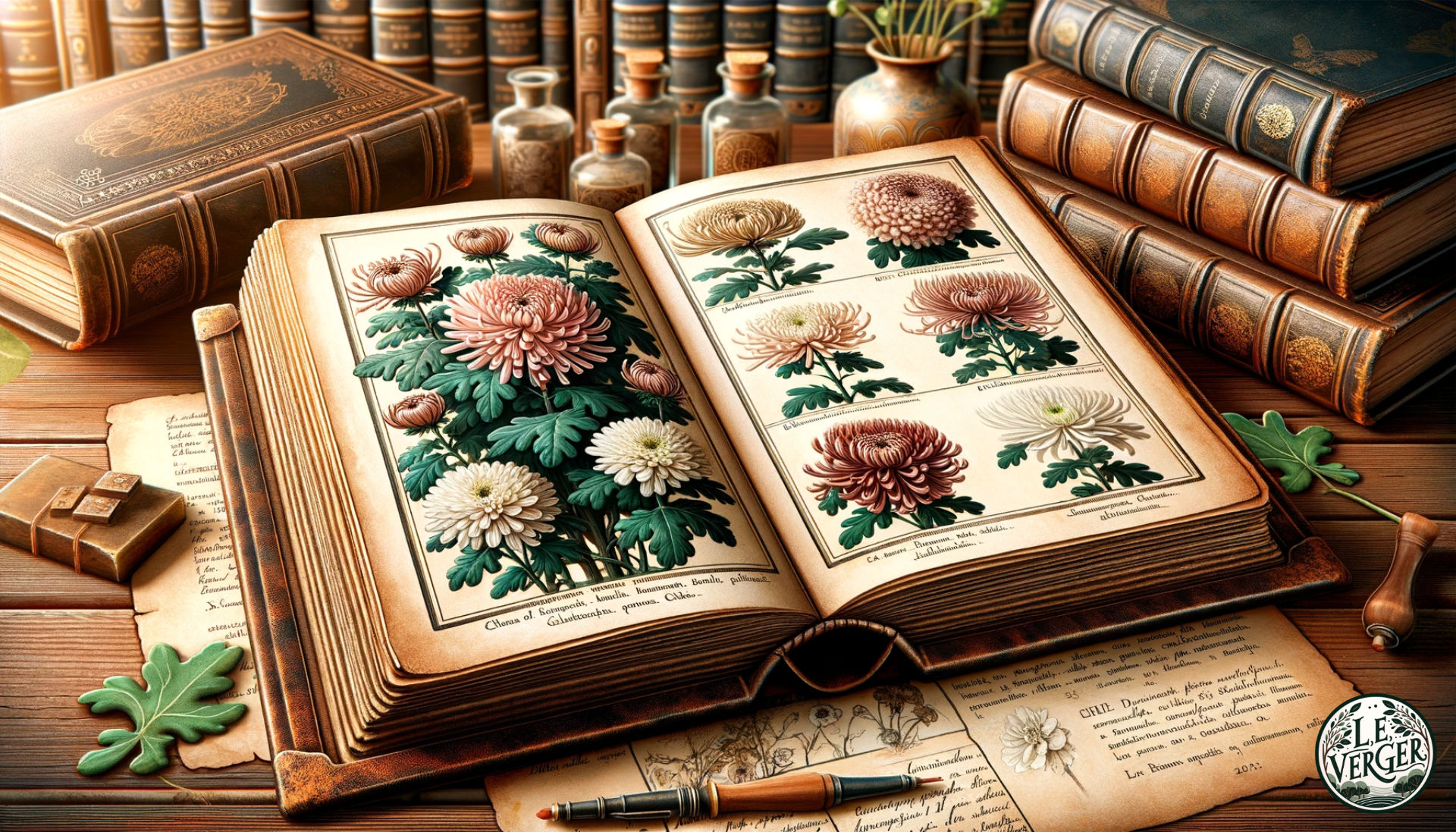
Growing Chrysanthemums
Now that we’ve explored the captivating world of chrysanthemum varieties, it’s time to roll up our sleeves and get our hands in the soil. Growing chrysanthemums can be a rewarding experience, but it requires some know-how and care to ensure these garden gems thrive to their fullest potential.
Choosing the Right Location
Before you start planting, consider the location carefully. Chrysanthemums prefer a spot that receives plenty of sunlight, ideally at least six hours a day. Well-draining soil is essential to prevent waterlogged roots. If your soil isn’t naturally well-draining, you can amend it with compost to improve drainage.
Planting Chrysanthemums
When it comes to planting chrysanthemums, timing is crucial. In most regions, it’s best to plant them in the spring after the last frost. Dig a hole that’s slightly larger than the root ball and place the plant at the same depth it was in the nursery pot. Space your chrysanthemums according to their mature size, typically around 18 to 24 inches apart.
Fertilisation
Chrysanthemums benefit from regular feeding during the growing season. A balanced, slow-release fertilizer can provide the necessary nutrients for healthy growth and abundant blooms. Follow the manufacturer’s instructions for application.
Watering and Maintenance
Chrysanthemums appreciate regular watering to keep the soil consistently moist but not waterlogged. Be mindful of overhead watering, as it can lead to fungal issues. Water at the base of the plant to keep the leaves dry.
Throughout the growing season, consider using a balanced, slow-release fertilizer to encourage healthy growth and robust blooms. Pruning is also crucial for chrysanthemums. Pinch back the tips of the stems when they’re about 6 inches tall, repeating this process until early summer to encourage bushier growth.
Pruning and Deadheading
Regular pruning and deadheading are essential for chrysanthemums. Pinch back the tips of the stems when they reach about 6 inches in height. This encourages branching and results in bushier, more compact plants. Deadheading, or removing spent blooms, not only keeps the plant looking tidy but also promotes continuous flowering.
Dividing and Propagating
Chrysanthemums can become crowded over time. Dividing mature plants in early spring every few years can help rejuvenate them. You can also propagate chrysanthemums by taking stem cuttings in late spring or early summer, allowing you to expand your chrysanthemum collection.
Overwintering Chrysanthemums
In colder climates, protecting your chrysanthemums during the winter is essential. Applying a layer of mulch around the base of the plants and covering them with a thick layer of straw or leaves can help insulate them from freezing temperatures.
Pest and Disease Management
Keep an eye out for common chrysanthemum pests like aphids and mites. Early detection and appropriate treatment are key to keeping these unwelcome visitors at bay. Additionally, proper air circulation can help prevent issues like powdery mildew.
By providing the right conditions and care, you’ll be rewarded with a vibrant and healthy chrysanthemum garden that will brighten up your outdoor space for years to come.
Symbolism and Cultural Significance
Chrysanthemums are not just admired for their beauty; they also hold deep symbolic meanings in various cultures around the world. From honouring the deceased to symbolising longevity and love, these garden gems have woven themselves into the fabric of human traditions and celebrations.
The Chinese Connection
In their homeland of China, chrysanthemums are associated with various positive attributes. They symbolise longevity and immortality, making them popular choices for gifts to the elderly. These flowers also represent ease and a life free from trouble, which is why they are often depicted in Chinese art and literature.
Japanese Elegance
Japan has embraced chrysanthemums with unparalleled enthusiasm. The Imperial Seal of Japan, known as the Chrysanthemum Seal, features a stylised chrysanthemum flower, symbolising the country’s imperial family. The Chrysanthemum Festival, or “Kiku no Sekku,” is a time-honoured tradition that celebrates the flower’s beauty and cultural significance.
In the West
In the Western world, chrysanthemums often symbolise love and admiration. They are popular choices for floral arrangements and bouquets, particularly for weddings and special occasions. White chrysanthemums, in particular, convey purity and innocence.
All Souls’ Day in Europe
In many European countries, chrysanthemums hold a special place in All Souls’ Day (November 2nd) traditions. People visit cemeteries and decorate graves with chrysanthemums as a way to honour and remember their deceased loved ones.
Modern Interpretations
Today, chrysanthemums continue to be an integral part of cultural celebrations and events. They are often used in floral displays for festivals, parades, and exhibitions, showcasing their enduring relevance.
The symbolic meanings attached to chrysanthemums vary from one culture to another, but one thing is clear: these flowers have the power to convey a range of emotions and sentiments, making them an essential element of both traditional and modern celebrations.
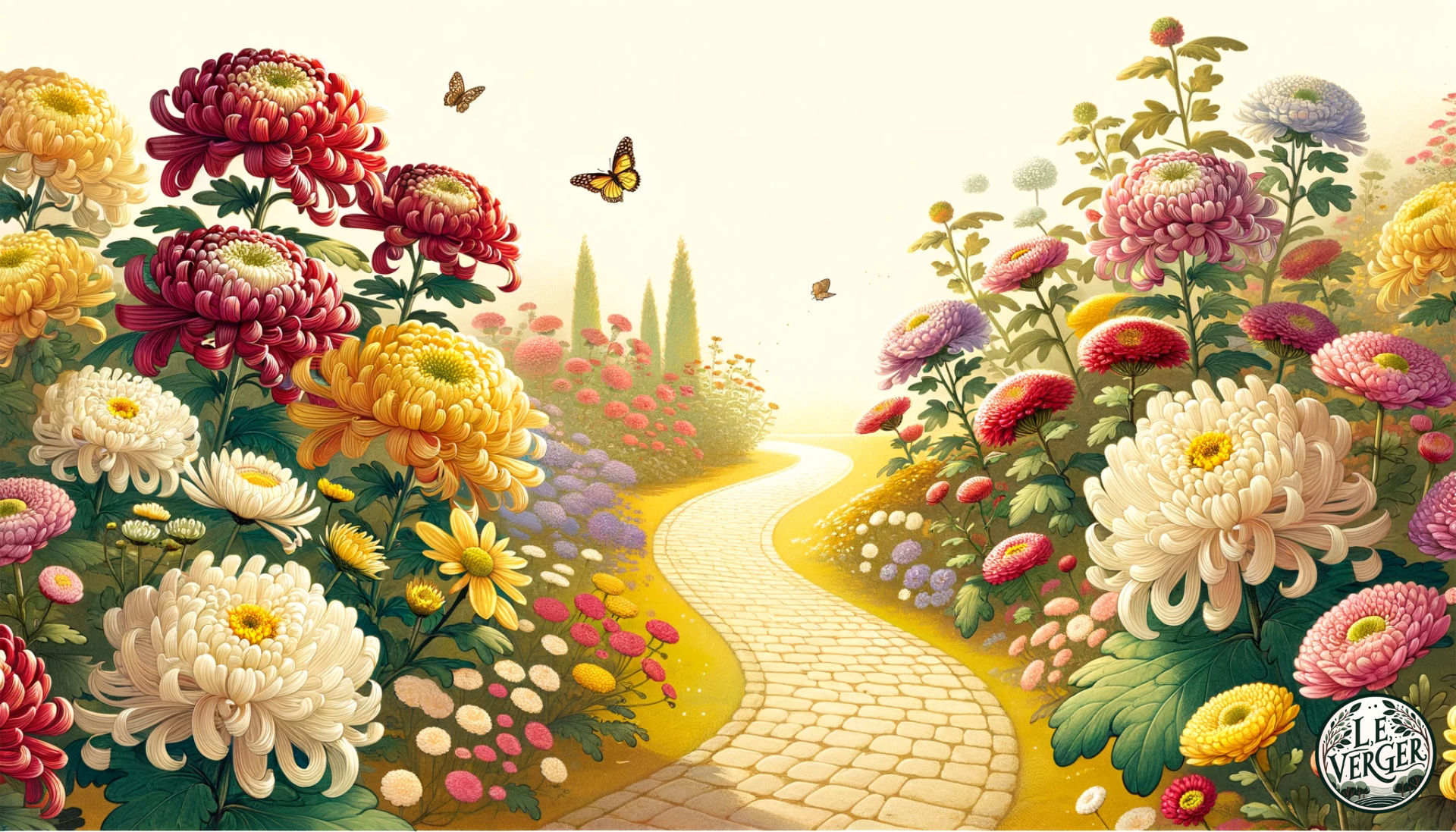
Chrysanthemum in Modern Gardens
As we’ve journeyed through the world of chrysanthemums, it’s evident that these garden gems have a timeless appeal. In modern gardening, chrysanthemums continue to hold a special place, seamlessly blending tradition with contemporary design.
Versatility in Garden Styles
Chrysanthemums are remarkably versatile, making them a valuable addition to various garden styles. Whether you have a formal, structured garden or a more relaxed, cottage-style landscape, chrysanthemums can find their place. Their diverse colours and shapes allow for creative combinations and focal points in any garden.
Seasonal Beauty
One of the notable attributes of chrysanthemums is their late-season bloom. When many other flowers have faded, chrysanthemums burst into colour, extending the beauty of your garden into autumn. This makes them a perfect choice for adding a vibrant touch to your outdoor space as summer transitions into fall.
Container Gardening
Chrysanthemums are not limited to garden beds. They thrive in containers and pots, making them an ideal choice for patios, balconies, and even window boxes. Container gardening with chrysanthemums allows you to enjoy their beauty up close and easily change their location as needed.
Complementary Planting
Chrysanthemums are excellent companions for other plants in your garden. Pairing them with ornamental grasses, asters, or sedums can create stunning combinations that play with height, texture, and colour. Consider the seasonality and growing conditions of the plants you pair with chrysanthemums for a harmonious garden.
Festive Touch
Chrysanthemums are often associated with celebrations and festivals. They make excellent additions to outdoor event decorations, adding a festive and elegant touch to weddings, parties, and gatherings.
Environmental Benefits
Beyond their aesthetic appeal, chrysanthemums have ecological benefits. They can attract pollinators like bees and butterflies, contributing to the health of your garden’s ecosystem.
Whether you’re a seasoned gardener or a beginner, chrysanthemums offer a wealth of possibilities for enhancing your outdoor space. Their adaptability, beauty, and rich history make them a garden gem that can be cherished by all.
Chrysanthemum Conclusion: Mum’s The Word
In the ever-evolving world of gardening, some treasures remain timeless and cherished. Chrysanthemums, the enchanting blooms that have graced gardens for centuries, are a testament to the enduring beauty and significance of nature’s wonders.
From their humble beginnings in ancient China to their journey across continents, chrysanthemums have captured hearts and imaginations, symbolising everything from longevity to love. These versatile flowers fit seamlessly into modern garden designs, adding vibrant colour and elegance to outdoor spaces.
As we’ve explored the history, diversity, care, and cultural significance of chrysanthemums, it’s clear that they are more than just flowers; they are storytellers. They speak of tradition, of seasons changing, and of celebrations both past and present.
So, whether you’re a gardener seeking a new addition to your landscape or simply someone who appreciates the beauty of nature, consider the chrysanthemum. These garden gems promise a kaleidoscope of colours and a rich tapestry of history, making them a true masterpiece of the horticultural world.
In the colourful chronicles of chrysanthemums, we find not only a garden gem but a timeless source of inspiration and wonder—a testament to the enduring connection between humanity and the natural world.
Plant them, nurture them, and let their beauty tell your garden’s story.
FAQs about Chrysanthemums
- Q: When is the best time to plant chrysanthemums in my garden?
- A: Chrysanthemums are typically planted in the spring after the last frost or in early autumn to enjoy their vibrant blooms.
- Q: How do I deadhead chrysanthemums, and why is it important?
- A: Deadheading involves removing spent blooms to encourage more flower production. Simply pinch off faded flowers to keep your chrysanthemums looking their best.
- Q: Can chrysanthemums survive winter in colder climates?
- A: Chrysanthemums are hardy perennials in many regions but may need winter protection in extremely cold areas. Mulch and cover them during the winter to ensure their survival.
- Q: Are chrysanthemums prone to pests and diseases?
- A: While chrysanthemums are generally hardy, they can be susceptible to pests like aphids and diseases like powdery mildew. Regular inspection and appropriate treatment can help keep them healthy.
- Q: Can I grow chrysanthemums in pots or containers?
- A: Yes, chrysanthemums can thrive in pots or containers. Ensure the container has good drainage, use well-draining soil, and provide proper care to enjoy their beauty on your patio or balcony.
- Q: What are some traditional meanings associated with chrysanthemum colours?
- A: Chrysanthemum colours hold symbolism. For instance, white symbolizes purity, red conveys love, and yellow represents friendship.
- Q: How do I promote bushier growth in my chrysanthemum plants?
- A: Pinching back chrysanthemums when they are about 6 inches tall encourages bushier growth. Repeat this process until early summer for full, lush plants.
- Q: Can I use chrysanthemums for floral arrangements?
- A: Absolutely! Chrysanthemums are popular in floral arrangements due to their varied colours and long-lasting blooms. They add a vibrant touch to bouquets.
- Q: Are chrysanthemums toxic to pets?
- A: Chrysanthemums contain compounds that can be toxic to cats and dogs if ingested. Keep them out of reach of pets or choose pet-friendly plants for your garden.
- Q: Do chrysanthemums require a lot of maintenance?
- A: Chrysanthemums are relatively low-maintenance, but regular care such as deadheading and watering is essential for healthy, vibrant blooms.

